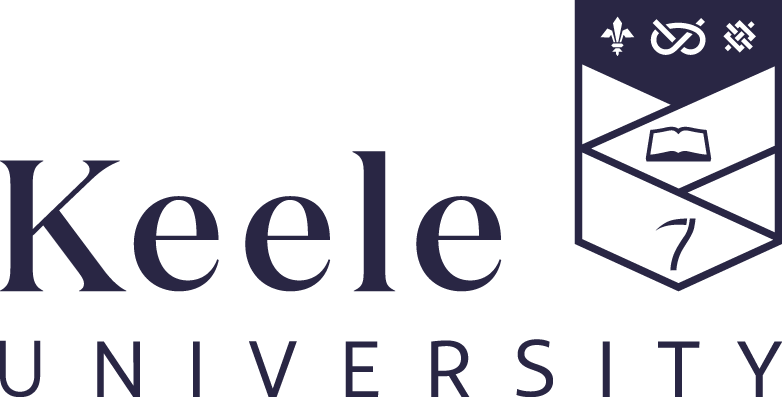
MAT-10041 - Module Specification School of Computing and Mathematics Faculty of Natural Sciences
For academic year: 2023/24 Last Updated: 13 February 2024
MAT-10041 - Calculus II
Coordinator: Danila Prikazchikov Tel: +44 1782 7 33414
School Office: 01782 733075
Programme/Approved Electives for 2023/24
Available as a Free Standing Elective
Co-requisites
None
Prerequisites
None
Barred Combinations
None
Description for 2023/24
Many physical problems are governed by ordinary or partial differential equations, the solution of which can help us understand their properties and characteristics. For instance, the oscillation frequency of a pendulum, the transfer time for sending a spaceship from the Earth to Mars, and the population evolution of a fish species in a lake can all be determined by solving ordinary differential equations. This module, which is a prerequisite for a number of other modules in the second and third years, will introduce some of the basic techniques for solving ordinary differential equations, familiarize students with partial differentiations, and explain how double integrals can be evaluated and used to compute areas and volumes.
The aim of this module is to introduce students to the solution of ordinary differential equations, and to Taylor series, elements of multi-variable calculus, including partial differentiation, double integration, and some of their applications.
Intended Learning Outcomes
recognize the type of ordinary differential equations (linear or nonlinear, constant or variable coefficients, order): 1,3classify and solve several types of first-order ordinary differential equations (variable separable, linear and others which may be reduced to these): 1,3study number and power series for convergence; expand a function of one variable as Taylor series: 2calculate partial derivatives, and find local maxima/minima, and restricted maxima/minima using the method of Lagrange multipliers, apply chain rule to multi-variable functions: 2,3evaluate double integrals and use them to find areas and volumes; change of variables under double integral, including polar coordinates: 3solve first- and second-order, homogeneous linear ordinary differential equations with constant coefficients, as well as corresponding inhomogeneous ordinary differential equations with the right hand side of special form by the method of undetermined coefficients: 1,3
Study hours
36 hours lectures12 hours examples classes24 hours coursework preparation78 hours private study
School Rules
None
Description of Module Assessment